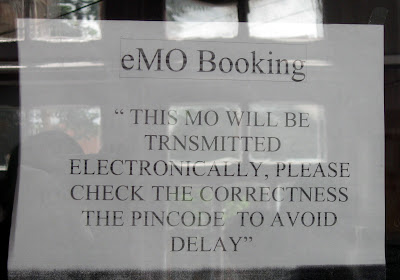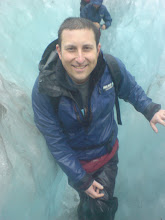It feels very British – which is no surprise - as this is where the British colonizers would come when things got too hot in Delhi.
It's remarkable to think that at one point in time, one fifth of the world's population was ruled from this small unassuming town. Unfortunately the British Empire didn't do such a great job. During this period, it presided over one of the worst ever famines in world history, and implemented partition in such a way that 1 million people died.
As if to balance this up, Shimla was the home of Allan Octavian Hume who described the British regime as having an "invariable disregard, if not actual contempt for the opinions and feelings of our subjects".
In response to this, he set up the Indian National Congress which would eventually lead to India's independence.
The town hall – hammer house of horror style Gothic building:

And at night:

Streets of the old town:


I was lucky enough to stay in a building built during the period of colonization which has now been turned into a hotel – it reminded me of some of the early buildings in Christchurch New Zealand:

And inside:

One trip worth doing is the long walk up the very steep hill to see the Hindu Temple dedicated to Hanuman the monkey god avatar. People come here to feed the monkey's who can be very aggressive – and so armed with my fold-out umbrella I set off.
I was glad to be “armed” because at one point I had to fight off a monkey who was trying to steal my bag!
Hold on to y'r Goggles:

And here's why – one mean monkey:

I don't want to be your little research monkey boy:

Here's a pic of the main temple at the top of the hill:

Carving at the temple:

I ended up spending a while sitting in the temple watching people come to worship and make offerings, and ended up getting a tikka from the priest at the temple. Me with temple in the background:

Walking down the hill I forgot that I had the tikka and couldn't understand why people kept staring. When I got back to the hotel and looked in the mirror I discovered that at some point I'd rubbed my forehead and had orange all over my face :-)
I also remember Michael Palin visiting the small theatre here, and was a little disappointed to find there was nothing on. Undeterred I walked into the theatre and by some fluke found myself on the stage. Just as I was about to let rip with my best Shakespearean acting someone turned the lights out and so I had to make my way out in the dark.
And finally...
A police man in Shimla:

Where else could you book your very own Emo AND get it delivered electronically :-)



























